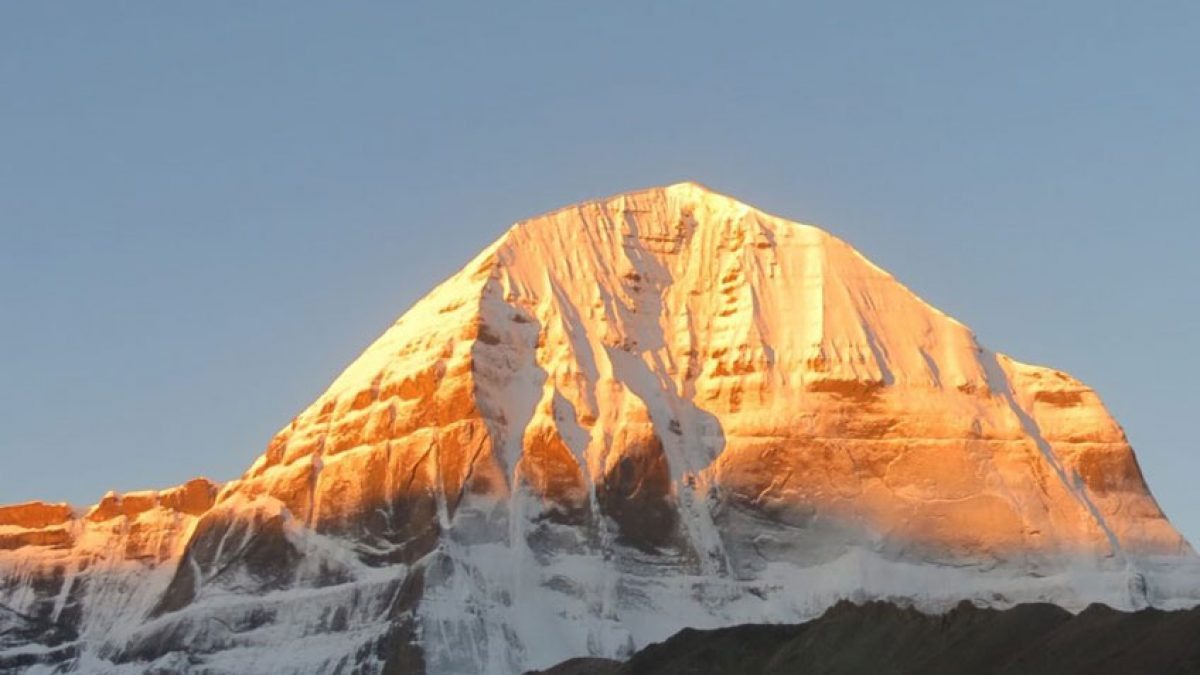Mount Kailash, located in Tibet’s remote and challenging terrain, has been a subject of fascination and mystery for centuries. This sacred peak, standing tall at 22,028 feet (6,714 meters), is considered one of the holiest sites in various religions, including Hinduism, Buddhism, and Jainism. Yet, it remains shrouded in unsolved mysteries, blurring the line between myth and reality.
1. Spiritual Significance:
Mount Kailash is revered in Hinduism as the abode of Lord Shiva, the destroyer and transformer in the Holy Trinity. It is believed that circumambulating the mountain can erase one’s sins and lead to spiritual liberation. In Buddhism, it is associated with the legendary home of Buddha Demchok, while in Jainism, it is considered the place where the first Jain Tirthankara attained spiritual liberation.
2. Unclimbed and Unclimbable:
Despite its relatively modest height compared to other peaks in the region, Mount Kailash has never been officially summited. The region is extremely difficult to access, and local beliefs discourage climbing to respect its sanctity. The mountain’s unique geological formation also poses a challenge, as it is one of the world’s only triple-peak mountains.
3. Magnetic Attraction:
Mount Kailash has an unusual magnetic force that has left scientists and geologists puzzled. Compass needles reportedly go haywire in its vicinity. The reasons for this phenomenon remain largely unexplained, adding to the mystique of the mountain.
4. Manasarovar Lake:
Nestled near Mount Kailash is Lake Manasarovar, one of the world’s highest freshwater lakes and considered sacred in Hinduism and Buddhism. Legends suggest that it was created by Lord Brahma and is believed to wash away sins. Mysterious occurrences, such as the unexplained appearance of freshwater dolphins, have fueled the lake’s mystique.
5. Unidentified Flying Objects (UFOs):
The region surrounding Mount Kailash and Lake Manasarovar has reportedly been a hotspot for UFO sightings. Numerous accounts of strange lights and objects in the sky have been documented. Whether these are due to atmospheric conditions or something more otherworldly is yet to be determined.
6. Geopolitical Challenges:
The region’s political sensitivity and restrictions imposed by the Chinese government have made it challenging for researchers and adventurers to explore the mysteries of Mount Kailash and its surroundings.
7. Cultural and Mythological Enigma:
The mountain’s spiritual significance transcends boundaries, attracting pilgrims from around the world. Its unique place in multiple religions, as well as the shared folklore and legends, continue to captivate the imagination of people globally.
Whether one views Mount Kailash as a realm of spiritual significance, a geological enigma, or a convergence of unexplained phenomena, its allure remains undiminished. The mysteries surrounding this sacred mountain persist, inviting further exploration and contemplation, reminding us that there are still places on Earth where myth and reality coexist in compelling ways.
